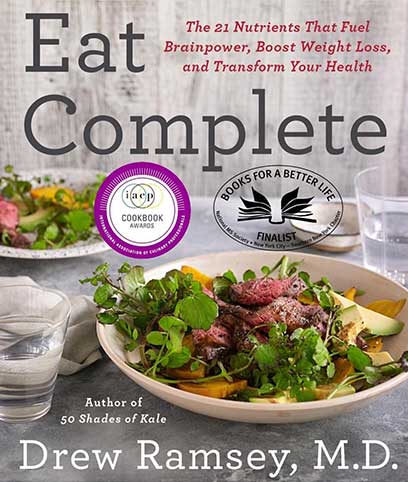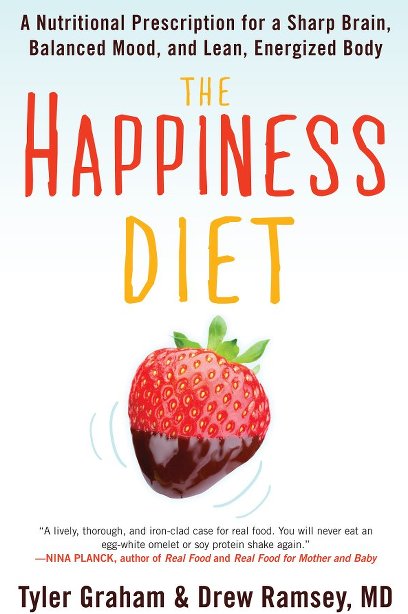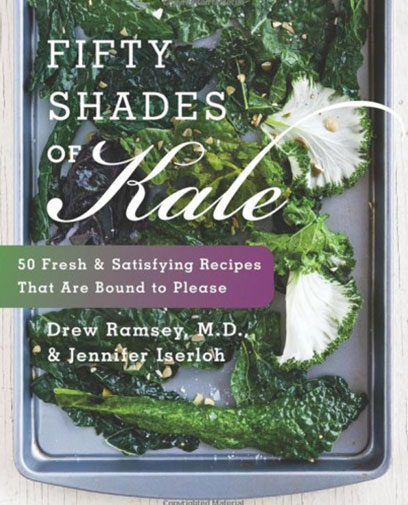Over the past few decades, science has confirmed what many religious, philosophical, and cultural traditions have emphasized for centuries: Gratitude improves your mental, physical, and emotional well-being.
Simply put: Gratitude is a virtue worth cultivating.
While it carries different meanings based on context, researchers define gratitude as finding thankfulness or appreciation for the good things in your life.
“What is the one thing that people who can fully lean into joy have in common? Gratitude,” says Brené Brown, Ph.D., in Dare to Lead. “They practice gratitude. It’s not an ‘attitude of gratitude’—it’s an actual practice.”
You can show gratitude toward another person, God or nature, or even for getting a good night’s sleep (I know I’m always grateful for a good night’s sleep!). Gratitude becomes an excellent formula for happiness and joy.
Think about the last time you saw someone do something good. Researchers find when we witness good deeds, we feel elevated: Uplifted, inspired, optimistic about humanity, and encouraged to be a better person in this world.
One study divided participants into three groups. One wrote about what they were grateful for, the second what made them unhappy, and the third neutral experiences that impacted them (but weren’t necessarily good or bad). No contest: The gratitude group felt mentally and physically better about their lives 10 weeks later.
While the holidays feel festive for many people, they can also conjure up negative emotions. Gratitude can help. One study among 607 adults found that its positive effect could lower levels of loneliness and stress.
Gratitude can take many forms, among them:
- Journaling about things you feel grateful for
- Thinking about someone who you are grateful for
- Writing and sending a letter to someone you are grateful for
- Meditating on or praying about gratitude
- Practicing saying “thank you” in a sincere and meaningful way
- Writing thank you notes
Practicing gratitude might initially take some effort. But like any skill, you can cultivate gratitude. These seven strategies can help you make this virtue a regular habit that repays dividends with your health and happiness.
- Find your flavor. Find a genuine way to express gratitude that makes you feel good while being sincere. A gratitude letter or journal might work for some people, whereas others might find it tedious or difficult. A smile to a stranger can make their day (and yours too!), but if you’re more introverted, that gesture might feel forced or artificial. Find your form of gratitude and practice it regularly until it feels natural. Authentic gratitude requires finding your own voice and way to express gratefulness.
- Create balance. Gratitude doesn’t mean becoming a doormat or devoting all your time or energy to something or someone else. Everyone needs time to recharge, regroup, and practice self-gratitude by eating and living healthy. Sometimes saying no and setting boundaries cultivates gratitude better than begrudgingly doing something you don’t have time for or neglecting self-care.
- Shift your perspective. Familial tension and end-of-year deadlines are among the reasons the holidays can feel tense. You can’t force yourself to feel differently, but you can transform those unpleasant feelings into gratitude. That mindset shift can benefit you in many contexts, including at the office and your in-laws’ holiday party. Research shows gratitude increases positive relationships, social support, and workers’ well-being while reducing negative emotions.
- Give back. One of the best ways to express gratitude is by helping others. Volunteering regularly improves mental well-being regardless of how old you are. Other studies find that volunteering significantly improves physical health, life satisfaction, self-esteem, and happiness while lowering depression and psychological distress. It can even help you live longer! Giving back can take many forms: Donating to a favorite charity, volunteering at a soup kitchen, or helping an elderly neighbor with holiday grocery shopping.
- Look at gratitude as a nutrient. Practicing gratitude can boost mental health, but it can also help you become physically healthier. One study among 962 Swiss adults found dispositional gratitude (noticing and appreciating the positive around you) correlated positively with self-reported physical health. Participants reflected that well-being through healthy activities such as choosing healthier foods.
- Find moments to express gratitude. Over time, gratitude becomes easier to express. In the beginning, though, it helps to set specific times during the day to practice. Expressing gratitude becomes a great way to start your day, and the good feeling will carry throughout your day. Meals can, too: My family and I like to take a few moments before we dive into our food to silently express gratitude to the land, our plant friends and to all the people who helped make the meal. Gratitude can also help you sleep better, so take a few moments before you doze off to find three things you’re grateful for that day.
- Reconnect with how you eat. Feeling grateful for the healthy, nutrient-rich food you have access to and showing appreciation for those who provide that food can do wonders for your physical and mental health. Teach your kids how to connect with and show gratitude for the land, local farmers, and everyone else who produces food. They become the example you teach.
Whatever your situation, shifting into a gratitude mindset can make you stronger and more resilient toward the inevitable challenges life throws our way.
The holidays provide many opportunities to tap into gratitude, and that attitude is contagious. When you feel grateful and express that gratitude in your own way, you inspire those around you to do the same. And that’s a great gift for everyone involved!
What are you grateful for? Comment below.









